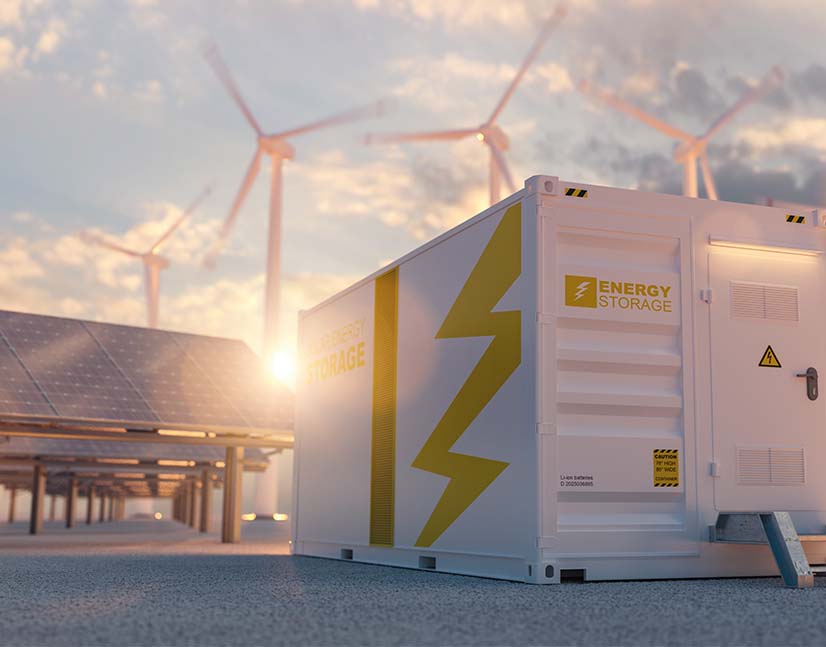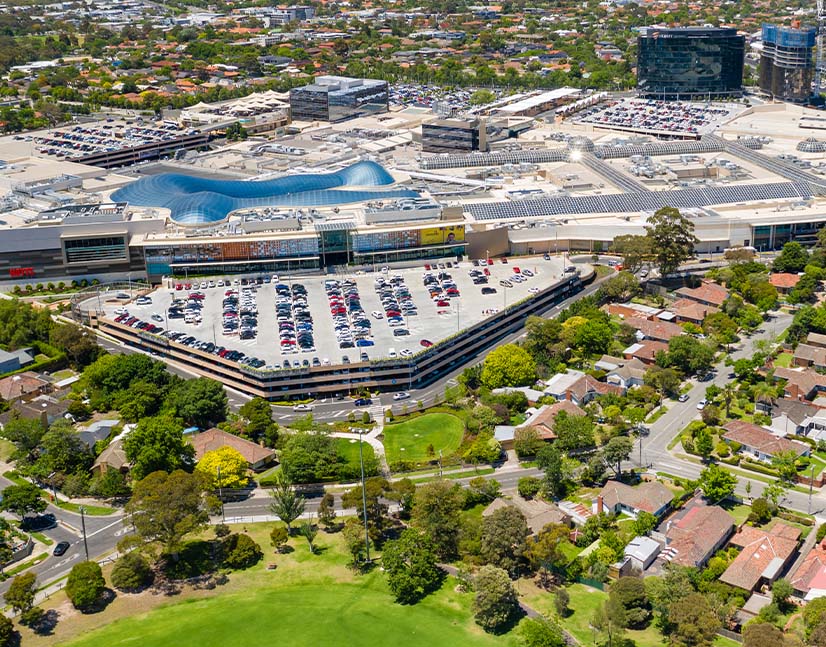
Vector Metering loan deploys use of proceeds to finance transition
The A$1.6 billion equivalent green loan recently completed by Vector Metering demonstrates the potential for use-of-proceeds financing to support energy transition and asset growth, deal sources say. The deal – the first in the world to come to market under updated Climate Bonds Initiative standards – could also in time be termed out in the green-bond market.
The green loan includes Australian and New Zealand dollar tranches and partially funds QIC’s 50 per cent acquisition of Vector Metering, a provider of smart meters in both countries, as well as ongoing growth in both jurisdictions. Given the current higher penetration of smart meters in New Zealand relative to Australia, the Australian dollar component of the loan is weighted more toward capex facilities while the majority of the New Zealand dollars are drawn via the initial term acquisition loan (see table 1).
TABLE 1. VECTOR METERING LOAN TRANCHING
| Tranche | Type | Volume |
|---|---|---|
| Facility A1 | Term acquisition loan |
A$135m |
| Facility A2 | Term acquisition loan | NZ$900m |
| Facility B1 | Term capex loan | A$457m |
| Facility B2 | Term capex loan | NZ$242m |
| Facility C1 | Revolver | A$25m |
| Facility C2 | Revolver | NZ$25m |
Source: QIC 11 July 2023
All tranches have five-year tenor and a margin of 195 basis points over bank bills. The green component represents the majority of the total facilities – accounting for A$1.6 billion (US$1.1 billion) equivalent of approximately A$1.7 billion – with the balance made up of other capex and working capital facilities. Given the forward-looking nature of the financing, the initial green and nongreen limits of the capex facilities can be adjusted over time to accommodate the business’s needs.
There are 11 international and domestic banks in the facility (see table 2). MUFG, National Australia Bank (NAB) and Westpac Banking Corporation were the joint sustainability coordinators
TABLE 2. VECTOR METERING LENDER MAKEUP*
| Bank | Australian facility exposure (A$m) | New Zealand facility exposure (NZ$m) |
|---|---|---|
| Bank of China | 45.3 |
94.8 |
| Canadian Imperial Bank of Commerce | 50.9 |
106.4 |
| China Construction Bank | 45.3 | 94.8 |
| Commonwealth Bank of Australia | 74.1 | 147.9 |
| Industrial and Commercial Bank of China | 68.4 | 40 |
| KEB Hana Bank | 16.9 | 35.3 |
| MUFG | 65.6 | 137.3 |
| National Australia Bank | 82.4 | 158.8 |
| Societe Generale | 39.1 | 81.8 |
| Sumitomo Mitsui Banking Corp | 50.9 | 106.4 |
| Westpac Banking Corporation | 78.1 | 163.5 |
*Aggregating individual branch exposures
Source: QIC 11 July 2023
The facility has green-loan certification from Climate Bonds Initiative (CBI). While Vector Metering provides gas and electricity smart meters, the green elements of the loans can only be used to fund electricity smart meters and ancillary services under the green-loan certification.
The green loan supports Vector Metering’s strategic focus on expanding its smart electricity metering business, particularly in Australia, where the borrower is targeting substantial growth opportunities. Rob Ward, Sydney-based head of investment banking at MUFG, points out that smart electricity meters already have 92 per cent coverage in New Zealand but only 29 per cent in Australia.
According to David Jenkins, Sydney-based global head of sustainable finance at NAB, the varying regulatory approaches between Australia’s states and territories has contributed to the slow uptake of smart meters in Australia. The rising push for home energy efficiency improvements and falling household energy usage should make a difference, though.
"Financing via green loans can provide increased access to capital as well as potential pricing benefits. But what we really wanted to do is demonstrate that we are standing by our commitments to ESG on the equity and the debt side.”
The borrower wanted to demonstrate its commitment to this specific avenue of growth from the stage of acquisition finance – though there should also be additional benefits to the green-loan format.
Matthew Hall, a Sydney-based partner at QIC Infrastructure, tells KangaNews “Financing via green loans can provide increased access to capital as well as potential pricing benefits. But what we really wanted to do is demonstrate that we are standing by our commitments to ESG [environmental, social and governance] on the equity and the debt side.”
There is also a wider benefit. Kate Archer, Auckland-based director, sustainable finance at Westpac New Zealand, points out that Vector Metering’s plans also support national priorities – for instance, a recommendation from the Australian Energy Market Commission’s 2022 review of the regulatory framework for metering services of a 100 per cent uptake of smart meters by 2030. “Such targets recognise smart meters as foundational technology that enables a shift to a more connected, modern, efficient and sustainable energy system,” Archer comments.
A facility that will fund future growth as well as an existing asset base was particularly attractive for lenders. “The forward-looking aspects of this particular transaction, and others like it, are about providing capital to facilitate transition that is yet to occur,” Ward explains. “While it is good to refinance existing capital it is more impactful to fund the ongoing and much needed buildout of smart meters, renewable generation and energy storage.”
Archer adds: “The scale, and potential impact and reach of this loan are fantastic. In addition to the green acquisition facilities, the green capex facilities will finance new activities through the business’s ongoing electricity smart metering expansion across Australia and New Zealand.”
Energy efficiency is a recognised category in the globally agreed Green Loan Principles (GLP) and Green Bond Principles, yet Archer tells KangaNews it has a very low level of uptake through New Zealand’s sustainable finance market – which has been heavily represented by renewable energy and green buildings. She notes that, based on Westpac’s estimates, approximately NZ$5 billion of green and sustainability loans have been signed in New Zealand since 2020 but the Vector Metering facility is the first to finance energy efficiency-related assets and activities.
“The forward-looking aspects of this particular transaction, and others like it, are about providing capital to facilitate transition that is yet to occur. While it is good to refinance existing capital it is more impactful to fund the ongoing and much needed buildout of smart meters, renewable generation and energy storage.”
CHOOSING A FORMAT
Smart meters are a relatively unusual but not unprecedented basis for a green loan. Within Australia, Vector Meterings’ financing follows a A$1.5 billion green loan issued by Intellihub in November 2021. The Intellihub financing claimed to be the first in the world to receive certification under CBI’s electrical grids and storage criteria.
Electricity smart meters do not in and of themselves reduce electricity consumption but they provide consumers with a measurement tool that helps them better manage their electricity use. For this reason, an electricity smart meter asset base lends itself to a use of proceeds (UOP) instrument like a green loan under CBI criteria.
Jenkins continues: “Smart meters are an enabler to the climate transition and decarbonisation because users cannot manage what they cannot measure. They promote energy efficiency by enabling users to manage, control and monitor their own energy usage, and allowing the switch to renewable energy to continue.”
Zach Bollman, Sydney-based associate at QIC Infrastructure, points to recent studies from UK-based The Behavioural Insights Team and Smart Energy GB that support the energy savings derived from the use of smart meters and their key role as an enabler of changes necessary for a successful energy transition
QIC highlights the Vector Metering facility alignment with the GLP update from February 2023 and its certification under CBI’s Climate Bonds Standard (CBS) version 4.0. In fact, it is the first certified transaction under this latest version of the standard.
According to Jenkins, the CBI sector criteria idenitify investments in electricity smart metering and supporting infrastructure as green-bond eligible assets on the basis that they are contributing to decarbonisation and limiting global warming to 1.5 degrees by 2050 in line with the Paris Agreement.
When it comes to demonstrating integrity in the green-loan format, Jenkins explains that the borrower has committed to maintain compliance with the ongoing requirements for CBI certification. Vector Metering will report in accordance with its Green Financing Framework as well as providing annual reporting to lenders on green and nongreen capex allocation, and impact reporting and ongoing compliance with the CBI eligibility sector criteria in line with the requirements of the updated CBI standards.
The publication timing of the updated CBS aligned well with the process of structuring the loan, Bollman says. He adds: “From our perspective, it's exciting to have been able to react quickly to the new standards and to be incorporated under them as the first certification for CBS v4.0.”
The new loan also aligns with the UN Sustainable Development Goals and Vector Metering’s Green Financing Framework, which was developed to align with the GLP update from February 2023.
CAPITAL MARKET ROLLOUT
Ward expects to see an increase in UOP facilities over the next few years due to the sheer capital expenditure required to deliver the energy transition. “It is likely that renewable energy generation and some of the large energy transmission projects ahead will use green loans,” he suggests. “If we are going to achieve the energy transition promises that have been made, we should expect to see ongoing demand for this approach to financing.”
This should in time stoke a natural supply line of UOP bonds. While emphasising that Vector Metering has no immediate plans to refinance the green loan in the debt capital market, Hall says doing so would be a natural progression over time – providing access to additional green funding markets and a diversification of the maturity stack.
Regarding the precise timing of this term out, the borrower has eyes on the medium term – around the next two to three years – once priorities associated with the broader operational rollout have been completed. Vector Metering will also have a name change later in 2023, according to QIC.

WOMEN IN CAPITAL MARKETS Yearbook 2023
KangaNews's annual yearbook amplifying female voices in the Australian capital market.















